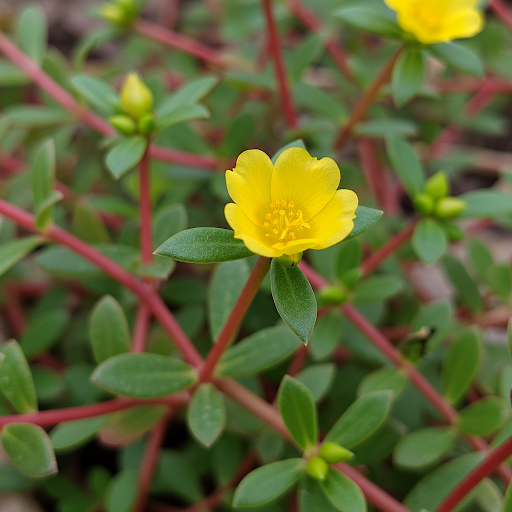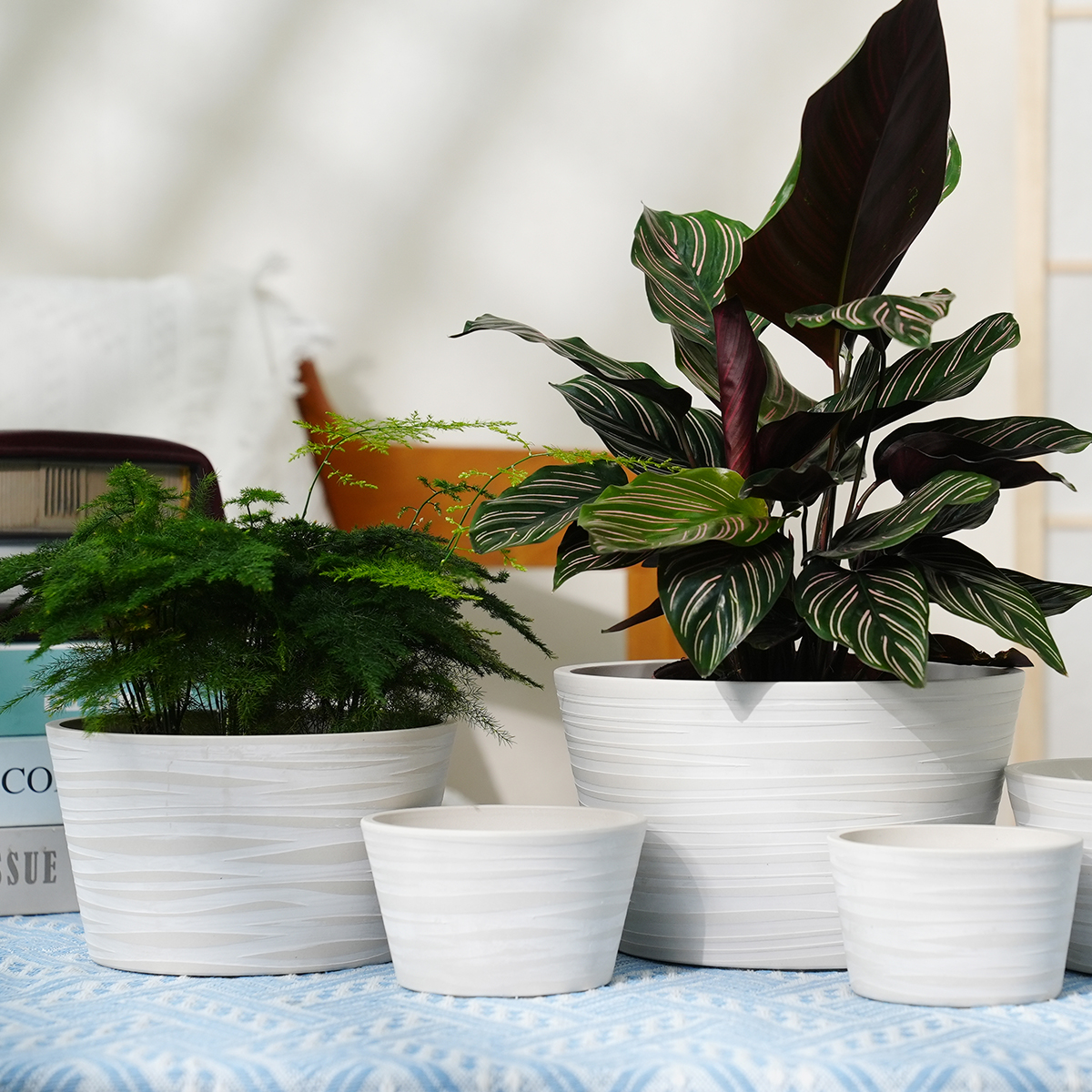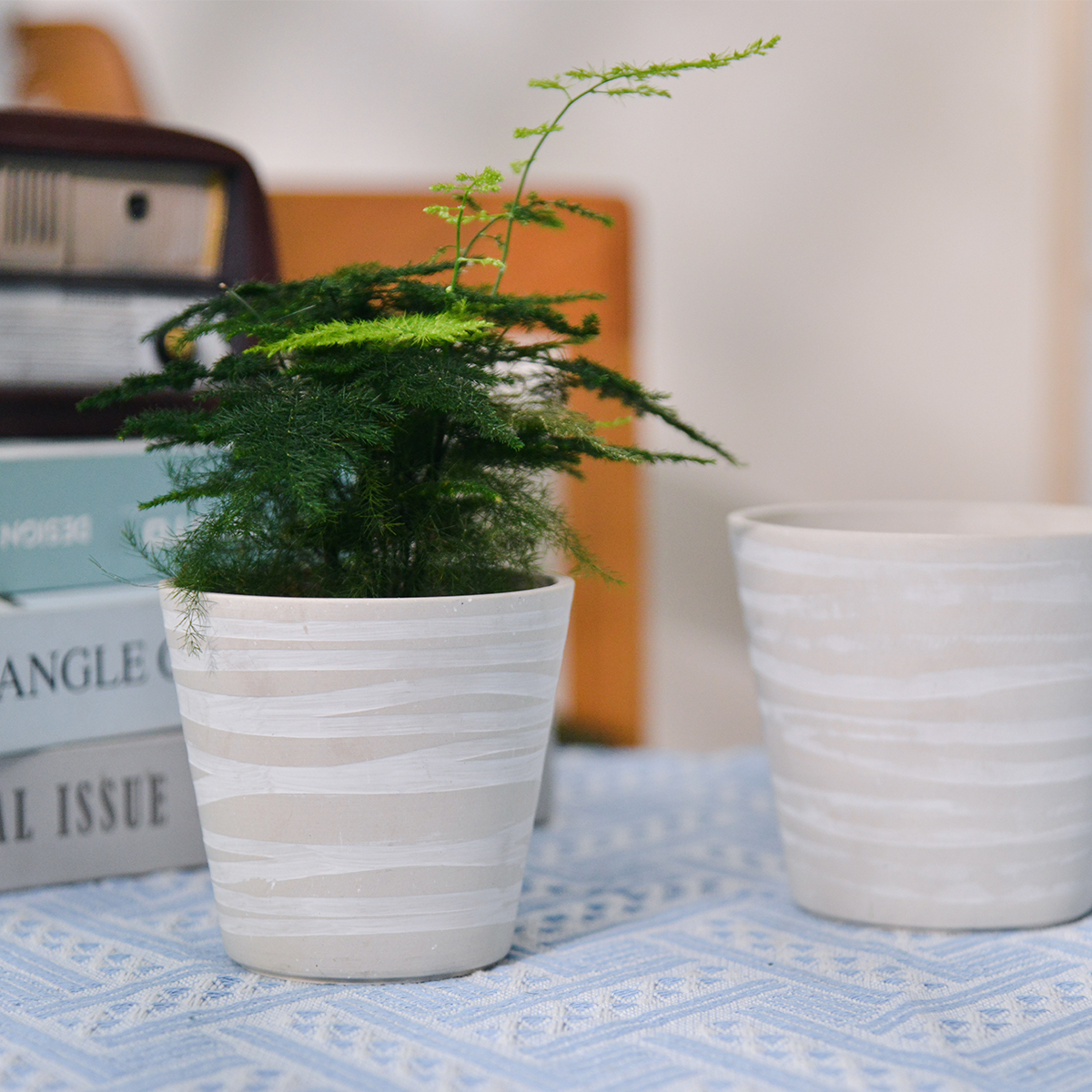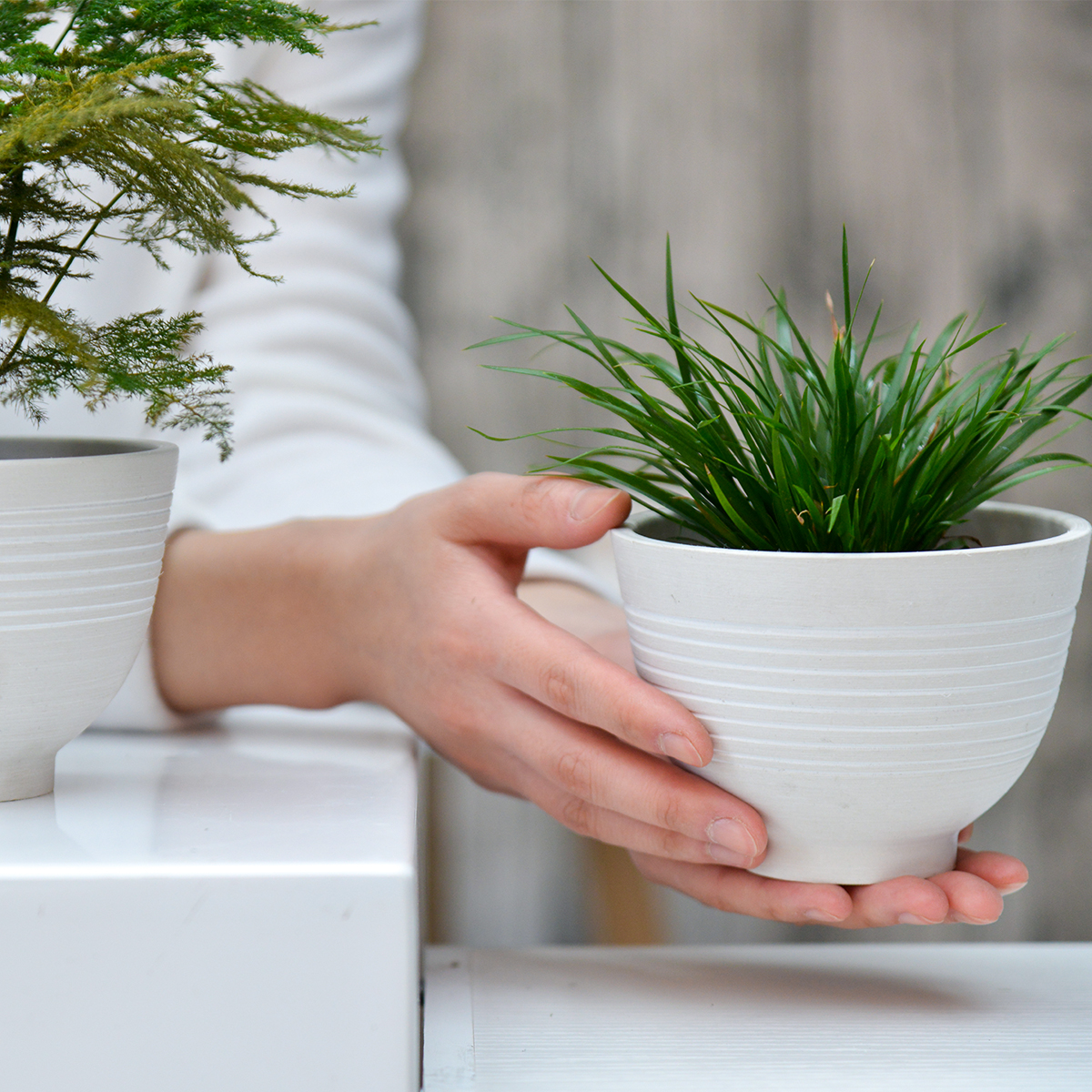Exploring the Diverse World of Purslane: Varieties and Their Unique Features
Purslane (Portulaca oleracea) is a plant often encountered in gardens, sometimes welcomed for its nutritional value and sometimes viewed as a persistent weed. What many might not realize is that there isn’t just one type of purslane. In fact, there are numerous varieties and cultivars, each with its own subtle differences that extend beyond their growth habits to include variations in flowers and leaves. Let’s delve into the diverse world of purslane and explore some of its key distinctions.
How Many Varieties of Purslane Exist?
While the exact number can vary depending on the classification (species vs. cultivars), it is estimated that there are around 40 different varieties of purslane (Portulaca oleracea) alone. This doesn’t even include closely related species that sometimes go by the common name of purslane, such as Miner’s Lettuce (Claytonia perfoliata).
Key Differences Among Purslane Varieties:
The various types of purslane can differ in several notable ways:
- Growth Habit: One of the most significant differences is in how the plant grows. Wild purslane typically has a low-growing, prostrate habit, spreading out in a mat along the ground. Commercial or cultivated varieties, often referred to as “Verdolaga,” have been developed to grow more upright, making them easier to harvest for culinary use.
- Flower Color and Size: The flowers of common purslane are typically small and yellow, with five petals. However, the Portulaca genus also includes ornamental varieties like Moss Rose (Portulaca grandiflora) and Portulaca umbraticola. These ornamental purslanes boast much larger and more colorful flowers, coming in shades of red, pink, white, orange, and even multi-colored patterns. These are primarily grown for their visual appeal rather than their edible leaves.
- Leaf Color and Size: While the most common leaf color for purslane is green, there are variations. For instance, Golden Purslane is a cultivar known for its bright, golden-green leaves. Some observations also suggest that wild purslane might have smaller leaves compared to some cultivated varieties. The texture remains typically succulent and fleshy across most edible types.
- Flavor: While the general flavor profile of purslane is often described as slightly lemony and peppery, some cultivars might have subtle differences in taste. For example, Golden Purslane is described as having a mellow flavor, while Green Purslane can have a tangy, lemon-like taste.
Examples of Purslane Varieties:
- Common Purslane (Portulaca oleracea): The wild type, with its sprawling growth and small yellow flowers.
- Verdolaga: Commercial cultivars of common purslane, often more upright and selected for larger leaves and stems for culinary use.
- Golden Purslane: A cultivar of common purslane with distinctive golden-green leaves and a milder flavor.
- Moss Rose (Portulaca grandiflora): An ornamental species with large, colorful, rose-like flowers.
- Miner’s Lettuce (Claytonia perfoliata): While not a true purslane (Portulaca), it’s often referred to as Winter Purslane and has round or heart-shaped leaves and a different growth habit.
Understanding the different varieties of purslane can help you choose the best type for your needs, whether you are looking for a nutritious addition to your meals or a vibrant ornamental plant for your garden.
Planter 5 in W / 8 in W / 12 in W or Indoor Outdoor Plants, Modern Decorative Plant Pots with Drainage Hole, Decorative Flower Pots
By greenship-seo|2025-04-10T06:37:58+00:00January 16, 2025|Categories: Hand-carving Series|Tags: Decorative Flower Pots|
HS
By greenship|2024-08-13T06:45:17+00:00August 13, 2024|Categories: Hand-carving Series|
11TH
By greenship|2024-08-13T02:50:25+00:00August 13, 2024|Categories: Hand-carving Series|
20T
By greenship|2024-08-13T06:42:22+00:00August 13, 2024|Categories: Hand-carving Series|
KC3-14A
By greenship|2024-08-16T06:26:30+00:00August 16, 2024|Categories: Hand-carving Series|
KC2-21G
By greenship|2024-08-13T06:19:08+00:00August 13, 2024|Categories: Hand-carving Series|








